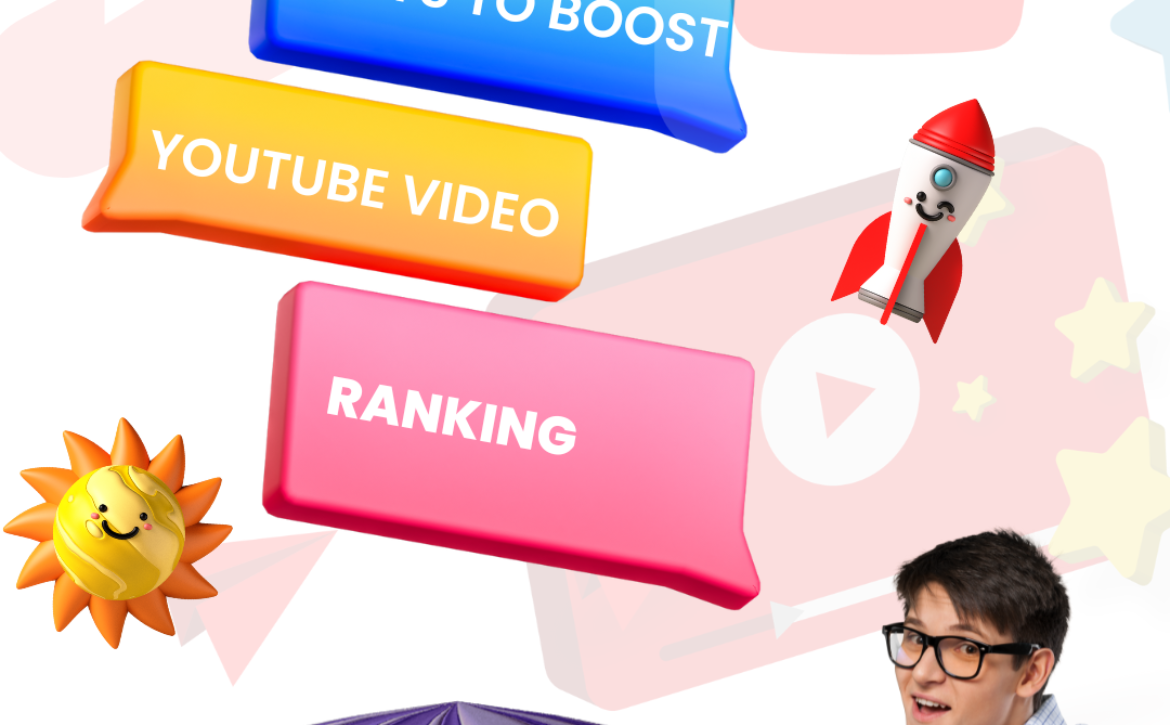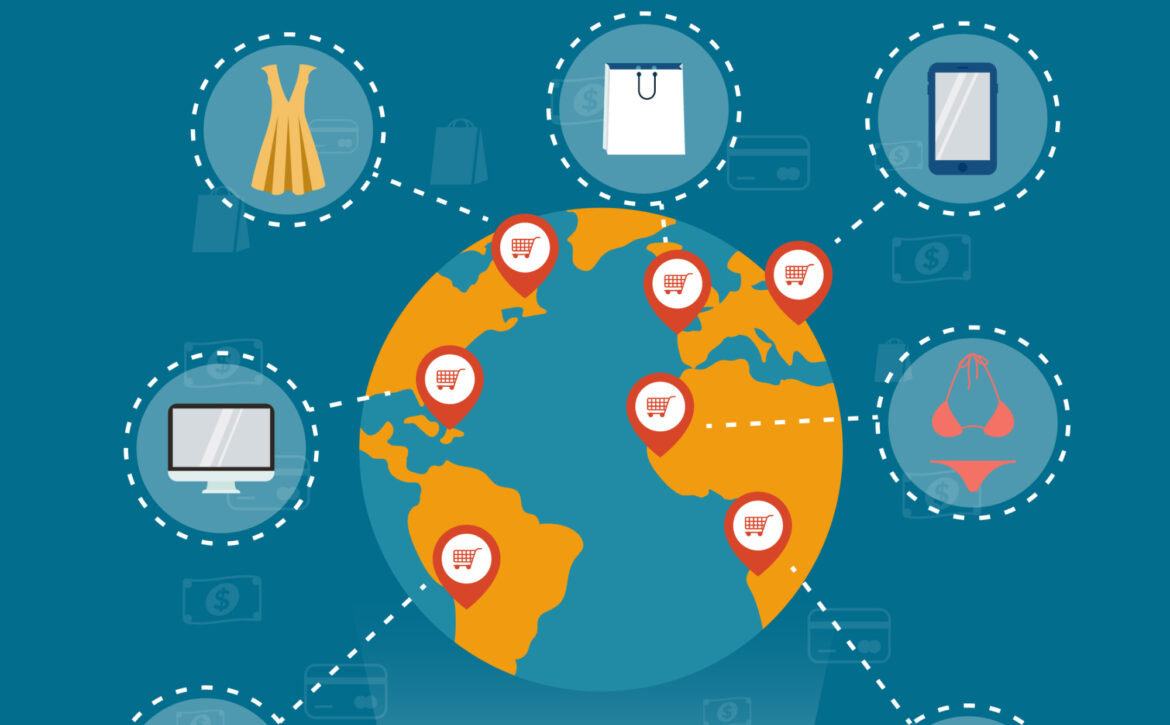Every year, new businesses enter the market, advancing developments in technology that enhance our quality of life. Nevertheless, 90% of these new businesses fail. That begs the question: Is there a pattern among those startups that thrive if that many startups fail?
Yes, resources, leadership, and luck all important. But during the course of working with start-ups from various sectors and geographical locations, we have often observed that businesses tend to prosper when they approach product development and delivery holistically. By “holistic,” we mean that the business views every stage of the cycle—from software development to product release—as being interrelated and that all teams are strategically aligned throughout.
DevOps, a management idea centred on combining a company’s development and operations teams, is essentially that. DevOps offers many of the most strategic must-haves and nice-to-haves for startups, making it simpler for them to quickly respond to shifting client expectations and continuously improve their products.
The DevOps methodology is based on the fundamental concept of automation. Numerous common problems faced by digital startups are alleviated, especially those relating to cost-cutting and scaling up operations swiftly when the moment is right.
Most significantly, DevOps instils an organisation with a certain culture that encourages flexibility and agility, especially within the development team. It’s essential for startups to sustain their competitive advantage, but managers must make a commitment to developing it in the workplace culture.
Since its inception 15 years ago, the concept of DevOps has grown in popularity yearly thanks to active communities of practise. Companies from many sectors, like Netflix, Adobe, Target, Walmart, and even the US government, have embraced it to a large extent. Dialogue, Thirty Madison, and Classpass—all startups at one point—also rely on DevOps, as do the ranks of our own clients.
The engineers and operations staff each do their own thing in the traditional software development approach, and the two teams never interact. This strategy has numerous clear drawbacks, including ineffective team communication, delayed product delivery, and poor performance.
On the other hand, DevOps is all about teamwork. It combines operations and development teams’ independent management of processes throughout the whole software development lifecycle, from build through test to release. In the end, DevOps is a culture that fosters effective teamwork and pave the way for agile product delivery.
The “Three Ways” approach is the basis of the DevOps culture. The use of systems thinking, which includes all roles engaged in product creation, including those of customers, is the first principle of this paradigm. A continuous feedback loop is implemented in the model’s “second way,” which is crucial for quicker response times and consistent product release enhancements based on user feedback.
The third guiding concept of DevOps emphasises the value of enhancing human relationships above processes and tools. It is based on ongoing learning and experimentation.
The Continuous Integration and Continuous Delivery (CI/CD) pipeline is the foundation of the DevOps methodology, which is used to deploy software. A process that’s a perfect fit for businesses looking to produce bug-free products and quicken time to market is one that includes Continuous Monitoring and Continuous Deployment.
Through the use of automated builds and tests, continuous integration enables developers to merge code changes into a shared repository many times per day. The advantage: an opportunity to change the code more frequently.
In the end, DevOps engineers can find and repair issues more quickly, ensuring the quality of software and accelerating the delivery of new products. Through the course of the whole software development cycle, these procedures assist startups in preventing problems before they arise in subsequent phases of development.
The DevOps team may expedite the software delivery process and ensure prompt and reliable releases to the end user using this phase, where code modifications are automatically created, tested, and prepared for release to the production environment.
Continuous monitoring makes it easier to spot and resolve problems as they arise and avoid future failures. Automated warnings for error occurrences and the implementation of a continuous feedback loop are essential components of an efficient bug tracking system.
An automated version of continuous delivery is continuous deployment. By doing away with manual approval before pushing updates into production, it ensures that end users will receive every new programme version on schedule and without interruption.
The advantage of an accelerated feedback loop that results from frequent releases allows developers to address performance problems and other faults more quickly and produce high-quality builds.
The global DevOps industry is expected to increase from $7 billion in 2021 to $26 billion by 2027, at a CAGR of 24.6 percent, according to the most recent projections. It really is a no-brainer: By implementing DevOps methods, a business can make rapid technological advancements and more affordably and swiftly release high-quality products to the market.
Silos between the development and operations teams must be broken down for higher performance. The dev team is freed from completing tedious manual activities thanks to the automation of common procedures like testing, addressing issues, and distributing updates. This lowers error rates and frees engineers to concentrate on providing end users with high-quality, bug-free products. In addition, CI/CD methods assist teams in finding and fixing problems fast, minimising failures and rollbacks and speeding up system recovery in the event of a failure.
Dev teams always have a software build that has been tested and is ready for deployment thanks to DevOps, which focuses on continuous testing of tiny portions of code and iterating on feedback. This is essential for more frequent releases to production. Iterative methods guarantee excellent quality and security of products given to end customers in addition to accelerating a development workflow.
Error risk is reduced by automating repetitive operations associated with applying DevOps methods in a startup culture. Recovering from failure and rolling back new products costs are decreased (or ideally eliminated).
Since extensive bug repair is no longer required, developers have more time to create and enhance applications. As we all know, higher-quality code and more efficient software delivery decrease lead times and hasten ROI generation.
The DevOps mindset encourages an office setting where the development, operational, and QA teams work together throughout the development cycle. The foundation of a culture of shared accountability and reciprocal trust is necessary for productive collaboration. Higher performance and productivity among employees are the logical outcome of that safe and trustworthy environment.
Since extensive bug repair is no longer required, developers have more time to create and enhance applications. As we all know, higher-quality code and more efficient software delivery decrease lead times and hasten ROI generation.
The DevOps mindset encourages an office setting where the development, operational, and QA teams work together throughout the development cycle. The foundation of a culture of shared accountability and reciprocal trust is necessary for productive collaboration. Higher performance and productivity among employees are the logical outcome of that safe and trustworthy environment.
In addition, teams working using the DevOps approach learn to know the product being built better and collaborate on carrying out various duties. Along the way, communication barriers between individuals are unavoidably broken down, and team members are more likely to adopt a spirit of continuous learning if they are continually learning from one another.
DevOps may go a long way toward assisting companies in retaining consumers and being proactive in the face of shifting customer needs. It also speeds up the software development process.
DevOps encourages the incorporation of tools for reporting customer feedback, increasing the likelihood of making release upgrades and problem fixes up until the client is satisfied with a product. Shorter delivery cycles ultimately result in cheaper overall software development costs, which benefit customers by lowering application prices, which is always a plus when it comes to retaining those customers (as long as quality is paired with a reasonable price point of course).
Working together with a competent DevOps services provider will only help this transformation go more smoothly because DevOps is replete with not just technology but also cultural changes.
Look for a company’s experience in full-cycle software development and DevOps solution creation when selecting a software vendor.
By incorporating agile product delivery, QA and testing automation, and transparency into your workflow, a reliable service provider will assist you in getting the most out of each step of DevOps adoption.
Consider whether a vendor can incorporate CI/CD best practises, microservices architecture, and DevSecOps into the development workflow before hiring an external DevOps team.
However, keep in mind that each team must choose its own strategy for using automation and tools, just like with any software best practises. According to Dave Hecker, CTO of Young Techies, “Small, agile teams working in cowboy-startup mode may focus more on automating deployment rather than automating testing, for example, as rapidly changing requirements might make test automation challenging.” For teams that create bigger, more reliable systems and routinely use continuous deployment and thorough test automation, the benefits of DevOps can be even more important.
In order to establish a DevOps implementation strategy that is suited for your startup and choose the right tools for the job, your software development partner should also be able to evaluate the existing DevOps maturity level of your company.
At Ocimtech, we’ve observed a variety of DevOps tactics in action: While other businesses gradually automate when new pain points arise, some start with intensive operations and automation from day one. We’ve also had clients struggle with rapid expansion while battling laborious deployment procedures, sometimes even manual ones, and wasting cycles that could have been used for feature flow.









